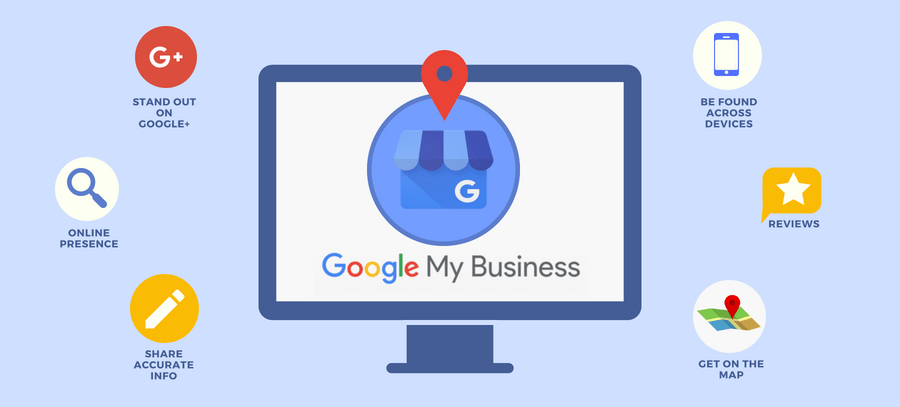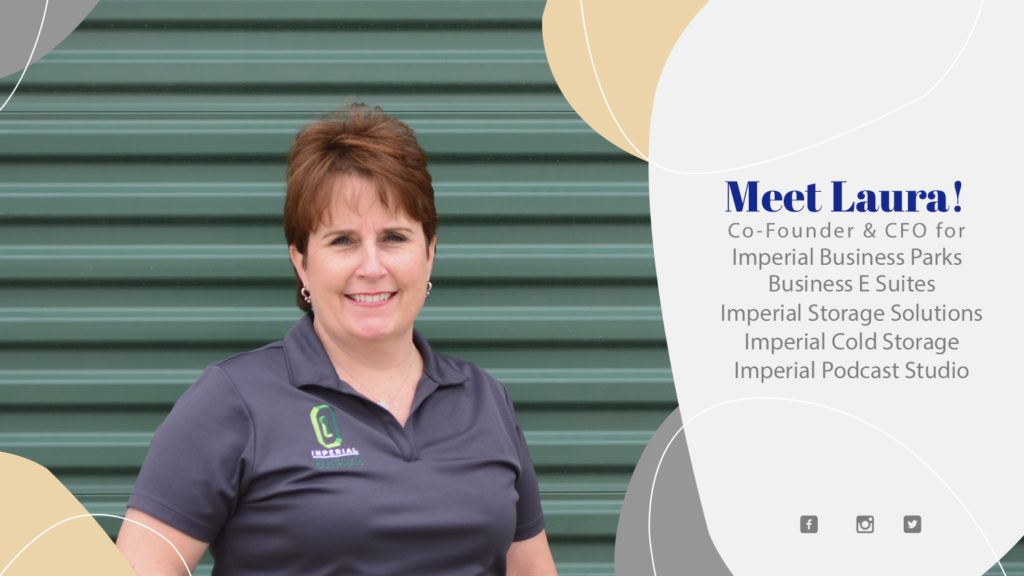
Photo Credit: Getty
In 2020, it briefly seemed like the stunning rise of coworking spaces would come to a crashing halt. Now, however, new coworking spaces and other shared office models are cropping up in every m Beyond Coworking: Physical Spaces Designed For Productivity
Before the pandemic, the noisy, close quarters and social energy of coworking spaces was an asset for some; for others, a drawback.
To justify the overhead of a managed flexible office space, companies must ensure that a new space solves the pain points of WFH. Many coworking spaces, even with reduced capacity, still have the disruptions that professionals are seeking peace from.
For this reason, we may start to see coworking evolve from chatty social hubs to productivity destinations. The layout of this new type of coworking space might include:
• Private offices.
• Sound-masking technology and closed doors.
• Designated collaboration rooms to keep noise levels at a minimum.
The Burden Of Office Management
Throughout the pandemic, remote workers have acted as building managers of their own offices, securing office supplies, IT infrastructure and room bookings all on their own. Doing that takes a lot of time out of their day, and context switching hinders productivity.
Another key advantage of choosing a coworking space, as opposed to a normal office lease, is that employees no longer have to handle the logistics of office life themselves. Shared office spaces can distinguish their offerings with amenities that teams can’t get at home, including:
• Front-desk service.
• Mail and shipping service.
• Onsite IT support.
• Access to a notary public.
The service component of coworking and other shared office spaces may be especially desirable to small companies that don’t have robust HR departments. This way, coming into the office means having to worry about nothing but the work that matters.
Plus, a dedicated office manager can regulate all of the other components of a work environment that are critical to productivity, like ventilation, lighting and air quality.
Professionals Need More Than A Desk And A Chair
As the commercial real estate industry keeps a close watch on the return-to-office debate, investors should stay tuned to “productivity as a service”: offices that make productivity a primary selling point, not just space or location.
Coworking spaces are likely here to stay, but the ones that will stand the test of time will be those that understand the needs of the modern worker. That is, an office where professionals have all their digital, privacy and logistical needs taken care of, so they can actually focus on their work.
major city. Demand is on the rise again as many professionals itch to get back to the office — just not the office they went to before the start of this pandemic.
To provide value to professionals who have the flexibility to work from wherever they please, offices must have what most homes lack: quiet, privacy and amenities that support focused work. For many, the shoulder-to-shoulder environment of old coworking spaces won’t cut it anymore.
Here’s a look at what the new “productivity as a service” paradigm means for commercial real estate.
Employees May Be Productive At Home, But Their Work Environments Are Taking A Toll
By many accounts, workers became more productive while working from home. The National Bureau of Economic Research estimates an overall 5% productivity lift in the U.S. economy from remote work, especially among knowledge workers who enjoyed less time in meetings at home and more time on the tasks that matter.
So why return to the office at all?
One central challenge of working from home is disruption, whether from child care responsibilities or faulty internet connections. Even if professionals are able to get their work done at home, they may not be doing so in an environment that’s consistent and sustainable. Even worse, it may be taking a toll on their long-term health and well-being.
Company decision-makers don’t want to sacrifice the productivity their teams have found at home entirely, but they still want to provide a secure work environment for those employees who don’t have one at home.




/cloudfront-us-east-1.images.arcpublishing.com/tgam/B5B2MM4NGFEPDIVXOM2TFACWIM.JPG)




